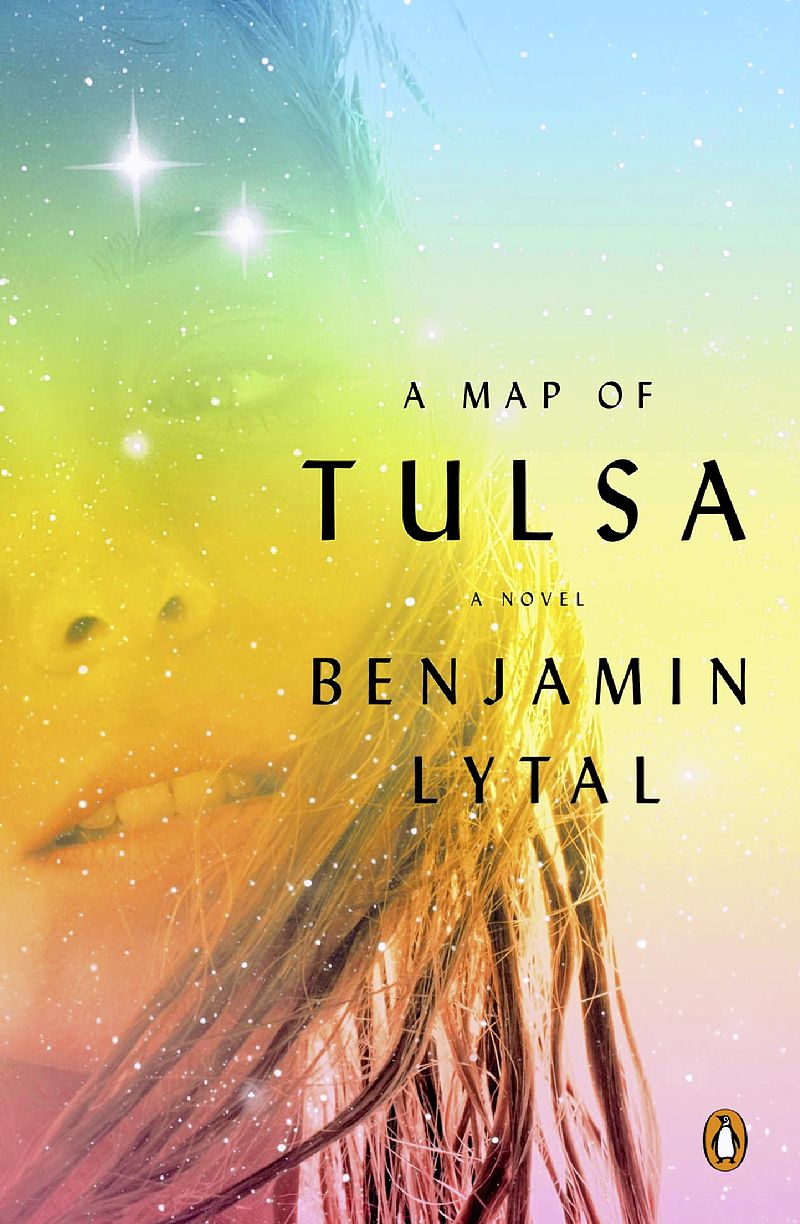I liked to pretend it was very strange to have been born in a place like Tulsa.
We want our hometowns to have an identity. We want them to be remarkable, to confer upon us some unique glory as a birthright. A city short on superlatives is often long on mediocrity. Bad hand? Shoot the moon. At a pizzeria in my hometown of Tulsa, Oklahoma, one cynical line cook proudly wore a shirt that read, Keep Tulsa Lame.
In Benjamin Lytal’s first novel, A Map of Tulsa, Jim Praley is torn between the boosters and the cynics. Jim’s back in Oklahoma after freshman year in the Ivy League, where he impresses school chums by pretending Tulsa is, “a minor classic, a Western, a bastion of Republican moonshine and a hotbed, equally, of a kind of honky-tonk bonhomie.” But Jim’s an egghead and more at home in Harvard Yard. He plans to spend the summer taking Tulsa’s pulse: “To prove that it was empty. And in hopes that it was not.”
He falls in with Adrienne Booker, a puckish heiress weary of Tulsa and her stale studio art. She seduces Jim and enlists him as her private tutor. (The Bookers are clearly modeled on an actual Tulsa oil dynasty, and the alias provides about as much disguise as an index-finger mustache.) They while away the summer roaming the city, before Jim must decide whether to head back East or put down fresh roots. Their romance, for all its passion, is idyllic, “as big and round and pink as any teenagers.” The more vital love affair unfolds between Jim and the city of Tulsa. What’s the draw? The smaller pond? Simpler times? Simpler folk?
Lytal’s prose is nimble and eclectic, but a tendency for poetic flourish can undermine his attempts to convey the city’s prosaic beauty, with mere “lawns” elevated to “greenswards.” This could be the novel’s crux: the discrepancy between Jim’s skyline-high perception of the city, and the moments when he catches a stark, street-level glimpse. He marvels at, “the ancient city of Tulsa.” But nothing in Tulsa is ancient, not even the lakes. Perhaps Lytal backdates the city to give it credibility. Or perhaps that’s how our lovestruck classicist can’t help but see it, under Adrienne’s spell.
Likewise, Lytal plays fast and loose with the city’s geography, an approach he defended in a moving apologia for The Paris Review. Lytal welcomes his oversights as insights, “a function of [his] own warped heart.” Like Shakespeare’s ahistorical setting of Bohemia on the sea in A Winter’s Tale, Lytal redraws the map of Tulsa from memory, adding errors for art’s sake. (When Lytal puts his finger on something genuinely local, it smarts. “The last spontaneous thing that happened here was a race riot,” says Jim. Eat your hearts out, Tucson and Toledo.)
It’s a hell of a thing to see your hometown transmuted into literature. To follow a character into a bar you frequent, to relive through the filter of fiction an event at which you were present—you think—with perhaps two hundred others, affords something beyond the shallow pleasure of recognition. Lytal may not allow readers to partake in the singular, wondrous feeling of a summer night spent living on Tulsa time, and that’s fine: there isn’t one. The truth is that there’s nothing strange about being born in a place like Tulsa. But print the legend. What this novel shows is that any place, with the right person, or in the right hands, might also lie by the sea.![]()
